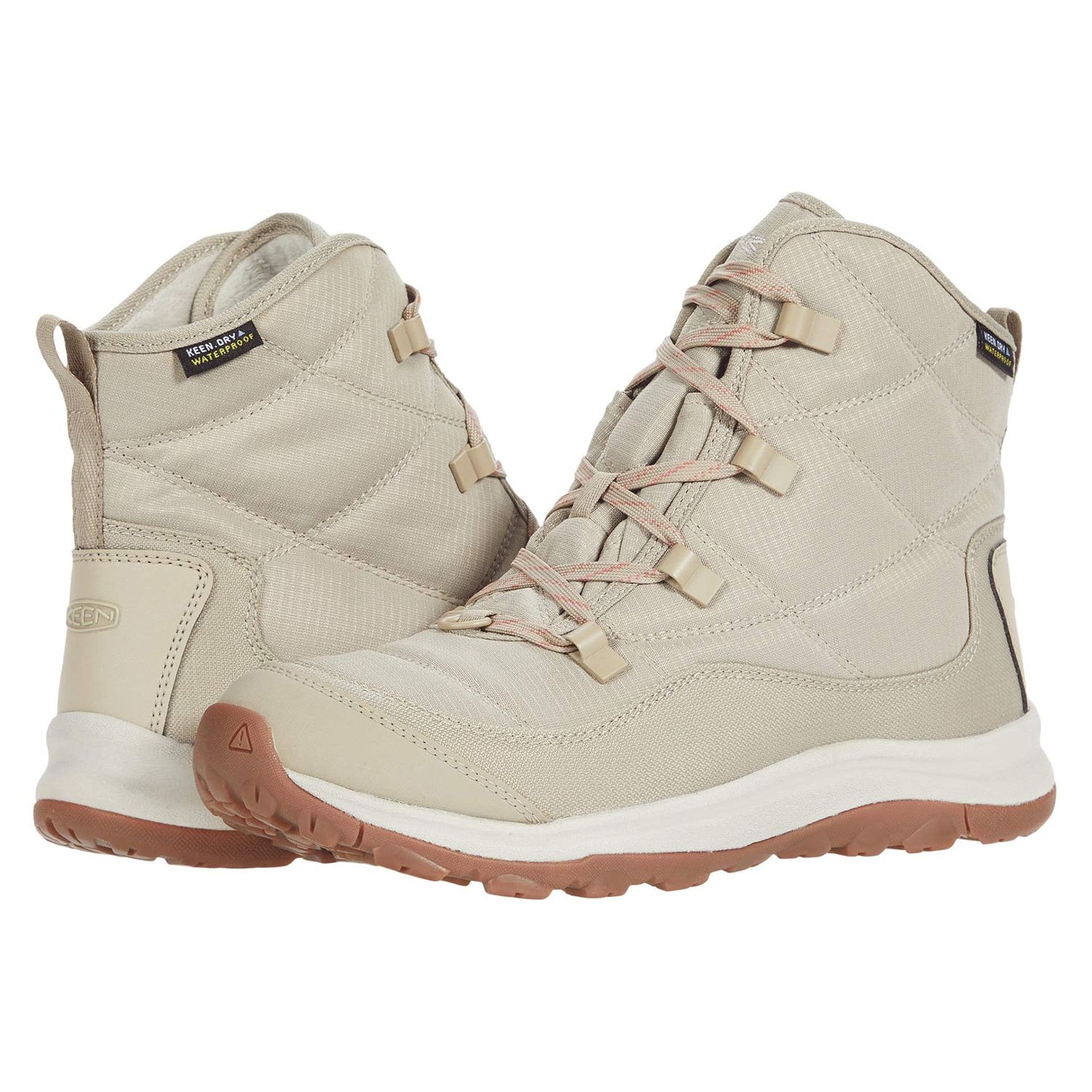5 Tips Steel Toe Boots

When it comes to workplace safety, especially in environments where heavy objects are frequently moved or there’s a risk of foot injury, steel toe boots are an essential piece of personal protective equipment (PPE). These boots are designed to protect the toes from heavy objects, making them a must-have for construction workers, factory workers, and anyone working in a hazardous environment. Here are five tips to consider when selecting and using steel toe boots:
1. Understanding the Safety Standards
Before purchasing steel toe boots, it’s crucial to understand the safety standards that apply to your workplace. The American National Standards Institute (ANSI) and the American Society for Testing and Materials (ASTM) are two organizations that set standards for safety footwear. For example, ASTM standards differentiate between various levels of protection, such as impact and compression resistance. The most common classification is the ASTM F2413 standard, which includes specifications for toe protection, electrical hazard protection, and other safety features. Ensuring your boots meet the specific standards required by your job can help prevent injuries.
2. Choosing the Right Type of Steel Toe Boot
Steel toe boots come in various styles, each designed for specific types of work environments. For instance, there are insulating boots for cold weather, waterproof boots for wet conditions, and boots with electrical hazard protection for workers around open electrical currents. Considering the specific hazards present in your workplace can help you choose the most appropriate type of steel toe boot. Additionally, some boots may offer additional features such as slip resistance, which can be crucial in environments where floors may be oily, wet, or otherwise slippery.
3. Ensuring Proper Fit
A proper fit is essential for steel toe boots to be effective and comfortable. Boots that are too tight can cause discomfort and potentially lead to blisters or other foot problems, while boots that are too loose can lead to tripping or slipping. The toe box should fit snugly but not tightly, allowing for a full range of motion for your toes. It’s also important to wear the same type of socks you intend to wear on the job when trying on boots to ensure an accurate fit. Additionally, consider the break-in period; while steel toe boots are designed for protection, they can be stiff at first and may require some time to fully break in.
4. Maintenance and Inspection
To ensure steel toe boots continue to provide the necessary protection, regular maintenance and inspection are critical. This includes cleaning the boots regularly to prevent the buildup of dirt and debris, which can compromise the boot’s protective qualities. It’s also important to inspect the boots for any damage, such as cracks in the sole or tears in the material, that could affect their performance. Replacing boots when they show signs of significant wear can prevent accidents.
5. Balancing Protection with Comfort
While protection is the primary purpose of steel toe boots, comfort should also be a consideration. Wearing uncomfortable boots can lead to fatigue, which in itself can be a safety hazard. Look for boots that not only meet safety standards but also provide features like cushioning, breathable materials, and a comfortable, supportive arch. Some steel toe boots are designed to be lighter and more flexible than traditional models, offering a better balance between protection and comfort. Ensuring that your boots are both safe and comfortable can help prevent distractions and discomfort during long work hours.
What is the primary purpose of wearing steel toe boots in the workplace?
+The primary purpose of wearing steel toe boots is to protect the toes from heavy objects that might fall on them, thus preventing injuries in hazardous work environments.
How often should steel toe boots be inspected for damage?
+Steel toe boots should be inspected regularly for any signs of damage or wear. This can be done daily before use or at least once a week, depending on the work environment and usage.
Are steel toe boots suitable for all types of work environments?
+While steel toe boots are essential for many hazardous work environments, they may not be required or suitable for all types of workplaces. The need for steel toe boots depends on the specific hazards present in the work environment.
In conclusion, steel toe boots are a critical component of personal protective equipment for many workers. By understanding safety standards, choosing the right type of boot, ensuring a proper fit, maintaining and inspecting the boots, and balancing protection with comfort, workers can significantly reduce the risk of foot injuries. Remember, safety should always be the top priority in any work environment.



